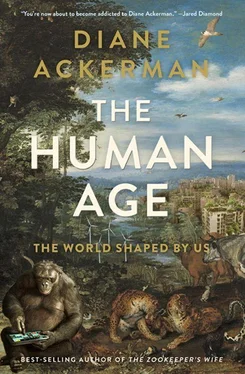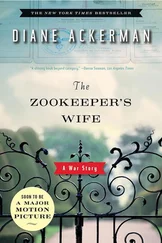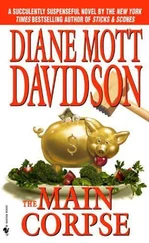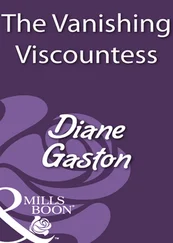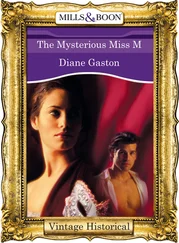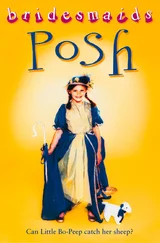Our city-chase has reached such a frenzy that the idea of migration doesn’t begin to capture its rush or rarity. This isn’t surprising in an economically lopsided world where, too often, newcomers end up in crowded shantytowns, favelas, and slums, because cities concentrate the very poverty from which they offer an escape. But that won’t slow the influx as long as hope wears Nikes and is steeped in fumes.
Oz-like cities shimmer as beacons of prosperity, with enhanced education, better medicine, more jobs for women, and wide streaks of upward mobility. Even environmentally, cities can eclipse sparsely settled country life. When roads, power lines, and sewers lie closer together, they require fewer resources. Apartments are insulated by the civil geometry of the buildings, making them easier to heat, cool, and light. Crowded neighbors can share public transportation, and most destinations tend to be close, within walking or biking distance; people rarely need cars. As a result, city-dwellers actually create a much smaller carbon footprint than rural-dwellers do. Cities like New York boast the lowest amount of energy use per household and per person, and so, paradoxically, although the city as a whole uses more energy, each person uses less. It seems counterintuitive, but city life can be a more eco-friendly way for humans to live. Cities in developing countries also use less energy—but that’s because the number of poor tends to be higher there and they consume less, including less food and fresh water.
Still, despite clustering services and leaving smaller individual footprints, the record number of people fleeing the countryside for city life is worrisome to climatologists, because cities are environmental game-changers. Big cities are hotspots, on average ten degrees warmer than their surroundings, and they emit most of the planet’s pollution, as cars prowl their streets and food caravans travel long distances to stock their groceries. On some summer days, the air hangs thickly visible, like the combined exhalations of millions of souls. Steam rising from vents underground makes you wonder if there isn’t one giant sweat gland lodged beneath the city.
One of the paradoxes of our age is that we’re urban primates who are still adapted to the wilderness, which we long for and need, at the same time that we’re destroying, building over, and farming all that’s wild. Since the crowd-rush to these asphalt jungles is accelerating, we need ingenious ways of harmonizing city life with human and planetary well-being. Our challenge will be finding a way to have both, while also preserving the planet.
Some of the best ideas I’ve encountered do just that, transforming our cities from grimy energy guzzlers into dynamic ecosystems.
City parks are essential, but in addition, picture shade-loving wildflowers in gated alleyways, fresh vegetables growing on roofs and piers, lushly planted walls, vertical farms in skyscrapers, rooftop beehives brewing honey, and nature trails threading through rusty old infrastructure. Greening a city with vegetation is a proven way to cool it down, filter the air, suck out carbon dioxide, ladle in more oxygen, and offer pockets of calm amid the bustle and din.
Hoping to achieve that intermingling, a new branch of environmentalism known as “Reconciliation Ecology” has emerged, which strives to preserve biodiversity on our doorstep in cities and other human-dominated habitats. The term “reconciliation ecology” was coined by Michael Rosenzweig in his book Win-Win Ecology , and it has a lovely ring to it. It suggests fence-mending and coexisting in harmony, not a wallop of blame. It’s based on figures showing that we haven’t enough unsettled land left on Earth to protect all of life’s biodiversity, but we can make room for plenty more in our cities and yards.
Along country roads near my house, where cornfields and houses predominate, you’ll see nest boxes for bluebirds, provided by thoughtful bird-lovers because natural tree cavities have grown scarce. When replacing wooden fence posts with steel ones led to the rapid disappearance of shrikes (medium-sized birds with hooked beaks like birds of prey), locals restored the wooden fence posts (on which shrikes like to perch), and the shrikes returned. These may be small acts of reconciliation, but if you create enough of them it can change the big picture. And not just in the countryside. Some of the most improbable-sounding efforts are blurring the line between civilized and wild. “Wastewater Treatment Plant” may not sound like a natural or particularly scenic destination. But some symbiotically minded towns have been designing a new breed of wildlife preserve, one that gives recycling a lively twist. Instead of dumping treated water, they return it to nature as the essence of an ecosystem that offers food and habitat to animals. As the water is further purified by vegetation, migrating and native birds find a home, entangled communities of plants and insects take up residence, and a hodgepodge of wild animals bustle in.
City-dwellers then needn’t travel far for an interlude to refresh their habit-dulled senses. Strolling, gawking, sitting, camera-clicking, humans become one more changing feature in the perpetual tableau, another flock of familiar creatures to whom the scores of nesting birds pay little mind.
A favorite such preserve of mine is the Wakodahatchee Wetlands in suburban Delray Beach, Florida. On a boardwalk raised ten feet above any hazard, one can watch an alligator gliding among the bulrushes, fish defending their mud nests from marauding turtles, dabbling ducks and teals, wading birds stalking their prey. The shallow water and raised trail make many dramas visible from above, including whiskered otters catching whiskered sail-finned catfish. Pig frogs grunt like their namesakes. If you’re lucky, you might see a patch of water fizzing like frying diamonds in the sun—where a male gator is bellowing in a bass too low for human ears. Or you might spot a giant prehistoric apparition standing like a sentinel in the water, as an endangered wood stork displays its distinctive gnarled-wood bald head and long curved beak.
The wooden walkway loops for nearly a mile through fifty acres of swamps, marshes, ponds, reeds, and bogs. Wherever water and land meet, life seems to thrive. Flapping around an archipelago of brushy and treed islands, ibis run a regular feeding patrol to nests full of squawking chicks.
Despite the usual urban hubbub, 140 species of birds broadcast on every channel at Wakodahatchee, from a pitying of collared doves to a pandemonium of monk parakeets. Red-nosed moorhens create a steady background score of trumpeting, clucking, and loud monkey-cackling. Courting roseate spoonbills play the castanets of their bills. Red-winged blackbirds spout the only buzzwords.
Though surrounded by restaurants, offices, condos, malls, and highways, Wakodahatchee’s wetlands attract a bounty of life, including wild plants one rarely sees in cities. What at first seems a flush of algae, or a pointillist canvas of sunstruck water, is brilliant chartreuse duckweed. This simple aquatic plant floats everywhere on the slower-moving waters of our planet, offering food to birds, shade to frogs and fish, and a warm blanket to alligators and small fry. One day it may also provide a cheap source of high protein for humans (it’s already eaten as a vegetable in some parts of Asia) or a cheap producer of biofuel that will power cars while filtering carbon dioxide from the air.
There’s no stigma attached to reconciliation projects being lucrative. Israel’s Red Sea Star Restaurant, for example, 230 feet off the shore of Eilat, is a combination bistro and observatory, seating people in its colorful, marine-inspired dining room sixteen feet down from the surface on the sandy sea floor. Plexiglas windows offer diners, sitting on squid-shaped chairs under dimmed, anemone-shaped lights, a view of a wealth of sea creatures in the coral gardens by day or night. Equally curious fish also get to ogle the diners. It happens to be an architectural showpiece, but it’s also an ecological triumph that has restored a coral reef that was lost through human pollution and overuse. Architects began by choosing a barren stretch of sea floor, laying down an iron meshwork, and transplanting coral colonies onto the trellis, where they cling like slow-motion trapeze artists and continue to attract marine life.
Читать дальше
